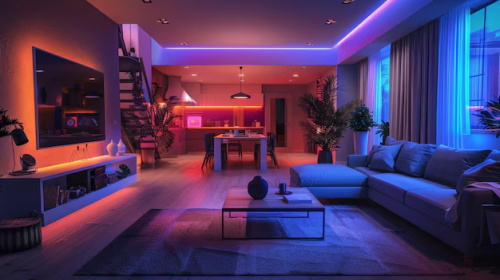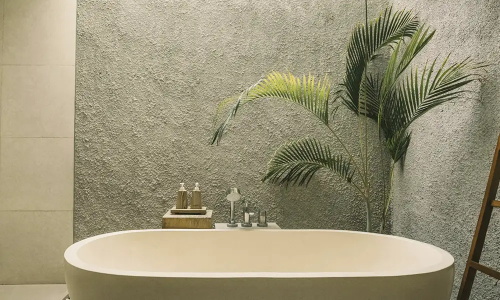AI Mood Lighting: Automate Ambience for Every Occasion

In today’s connected homes, lighting is no longer just a utility—it’s an intelligent layer that adapts to our routines, emotions, and activities. AI mood lighting systems combine sensors, connectivity, and machine learning to learn your patterns, predict your needs, and sculpt atmospheres that enhance well-being, productivity, and relaxation.
Modern AI lights integrate ambient-light sensors, motion detectors, and user-behavior analytics to automate ambience. They detect when you enter a room, gauge natural light levels, and recall your preferred settings to switch on or dim lights accordingly. Over time, machine-learning algorithms analyze how and when you adjust hue and intensity, crafting personalized “scenes” without any manual input.
Conversational Control
At CES 2025, Philips Hue unveiled an AI-powered lighting assistant that lets you type or speak commands like “create a garden-party vibe” and receive instant, tailored lighting proposals—no scrolling through dozens of presets required. This generative AI integration is rolling out to all Hue users in early 2025, promising seamless ambience creation through natural language.
Circadian Synchronization
Scientific studies demonstrate that light profoundly affects our biological clocks, mood, and sleep quality. Tunable LEDs can shift color temperature throughout the day—warmer tones in the evening to signal wind-down, and cooler, blue-enriched light in the morning to boost alertness. Morning exposure to bright light is linked to improved positive mood, while late-day blue light can hinder sleep onset if used excessively.
Therapeutic Applications
Beyond mood enhancement, circadian lighting is emerging as a non-invasive therapy for seasonal affective disorder (SAD) and other circadian rhythm sleep disorders. Light-therapy lamps delivering around 10,000 lux for an hour each morning have shown efficacy in alleviating winter blues by resynchronizing the internal clock.
Lifestyle Applications
AI mood lighting elevates everyday living—from brewing the perfect morning routine to setting a romantic dinner scene. Hospitality venues are adopting these systems to dynamically adjust lobby, bar, or dining-room illuminations based on guest flow and time of day, boosting comfort and energy efficiency.
Integrated with AI-powered entertainment systems, lighting can pulse to music beats, dim during movie scenes, or gently wake you with a “sunrise” simulation. Luxury smart-home platforms now adjust audiovisual settings in harmony with ambient light, creating fully immersive experiences.
As AI algorithms grow more sophisticated, mood lighting will anticipate emotional and physiological cues—perhaps integrating biometric sensors to detect stress and automatically shift to calming palettes. Combined with energy-harvesting fixtures and mesh networks, future systems will be self-sustaining, contextually aware, and seamlessly woven into every aspect of our daily lives. Embracing AI-driven mood lighting means more than just pretty colors: it’s about crafting environments that support health, productivity, and joy—automatically, intelligently, and beautifully.



